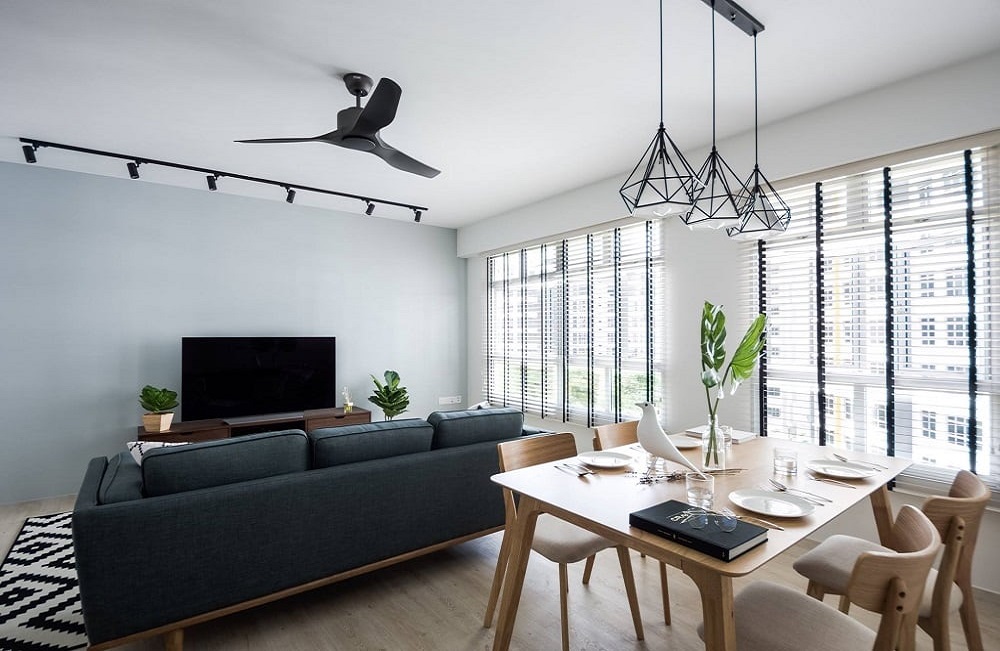When it comes to creating a beautiful and functional living space, there is more to it than just choosing the right furniture and decor. Home design is an art and a science, and understanding the principles of proportions, balance, and flow can make all the difference in creating a harmonious space.
Proportions
Proportions refer to the size and scale of the different elements in a room, such as furniture, artwork, and accessories. It’s important to choose pieces that are appropriately sized for the space they’re in, as well as for each other. For example, a large sofa paired with small accent chairs can throw off the balance of a room and make it feel awkward and uncomfortable.
One way to ensure proper proportions is to use the “golden ratio” when selecting and placing furniture and accessories. The golden ratio is a mathematical formula that has been used in art and architecture for centuries and is believed to create a sense of visual harmony and balance. It can be applied to everything from the height of a lamp to the placement of a rug.
Balance
Balance refers to the distribution of visual weight in a room. A well-balanced room feels stable and comfortable, while an unbalanced room can feel chaotic and overwhelming. There are two types of balance: symmetrical and asymmetrical.
- Symmetrical balance is achieved when two or more items are identical or nearly identical in size, shape, and placement. For example, two matching armchairs placed on either side of a fireplace.
- Asymmetrical balance is achieved when two or more items are different in size, shape, and placement but still create a sense of balance. For example, a large sofa paired with a smaller accent chair and a side table.
Flow
Flow refers to the way people move through a space and how the various elements in the room work together to create a cohesive whole. A well-designed room has a natural flow that makes it easy to move around and feel comfortable.
One way to create good flow is to consider the function of the space and arrange furniture accordingly. For example, in a living room, the sofa should be the focal point and placed facing the main entrance to the room. Additional seating should be arranged in a way that encourages conversation and allows for easy traffic flow.
Another way to create flow is to use color and texture to tie different elements in the room together. Using a consistent color palette and repeating textures or patterns can create a sense of continuity and flow throughout the space.
By understanding the principles of proportions, balance, and flow, you can create a living space that is not only beautiful but also functional and comfortable. Whether you’re starting from scratch or simply updating your existing decor, these principles can help you achieve a harmonious and inviting home.

